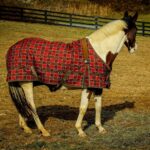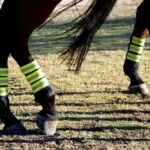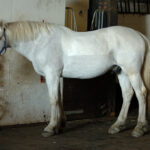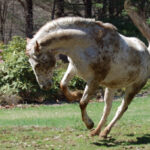Horses have been our companions in work, sport, and leisure for thousands of years, yet introducing them to unfamiliar objects like costumes or decorations can be surprisingly challenging. Whether you’re preparing for a holiday parade, themed competition, or photoshoot, helping your equine partner become comfortable with unusual adornments requires patience, understanding, and methodical training. Horses are naturally cautious animals with a strong flight response when confronted with unfamiliar stimuli, making costume training a delicate process that honors their instincts while expanding their comfort zone. This comprehensive guide will walk you through proven approaches to help your horse accept costumes and decorations with confidence, ensuring both safety and enjoyment for all involved.
Understanding Equine Psychology and Fear Responses
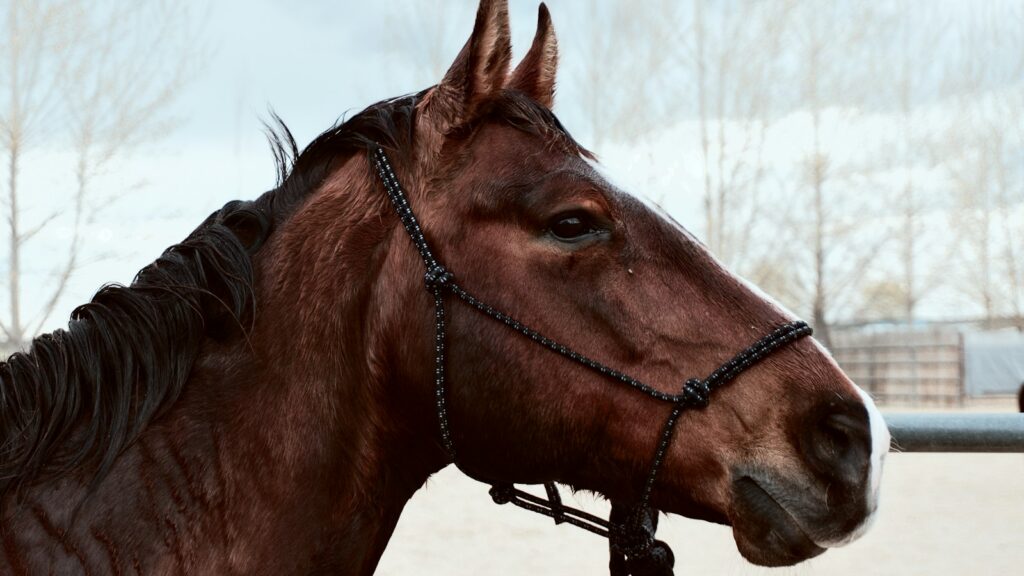
Horses are prey animals whose survival in the wild depends on heightened awareness and quick flight responses to potential threats. When confronted with unusual objects like costumes, a horse’s natural instinct might be to view these items as dangerous and respond with fear behaviors including spooking, bolting, or freezing. This evolutionary programming means that horses typically approach new objects with caution until they can determine that these items pose no threat. Understanding this fundamental aspect of equine psychology is crucial before beginning any costume training, as it helps handlers remain patient and empathetic throughout the process. Remember that what seems obviously harmless to humans may genuinely appear threatening to your horse, and acknowledging this perspective difference sets the foundation for successful training.
Establishing Trust and Basic Training Foundations
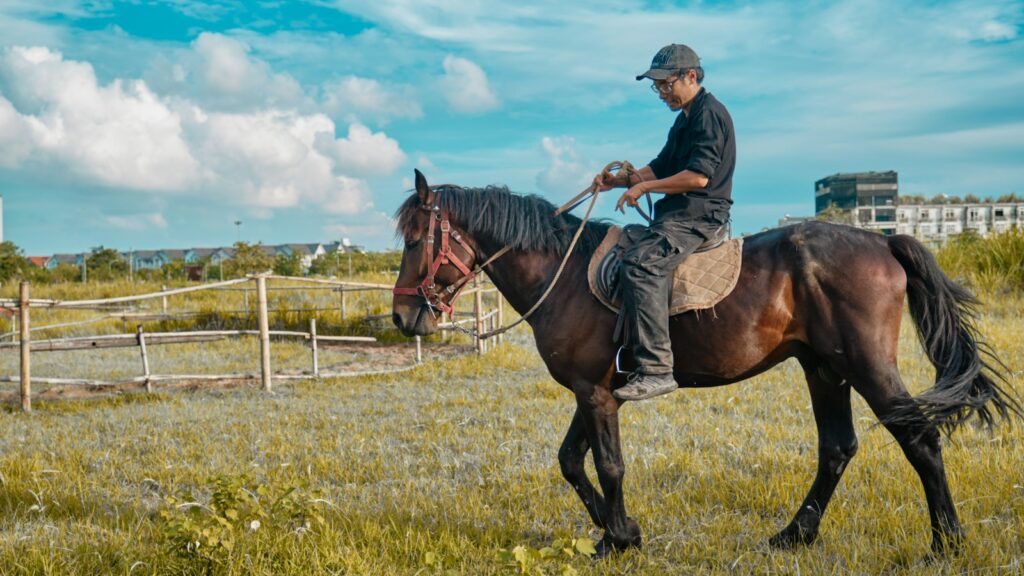
Before introducing costumes or decorations, ensure your horse has a solid foundation of basic training and trust in your leadership. Your horse should be comfortable with routine handling, respectful of your personal space, and responsive to basic cues like halting, backing up, and yielding to pressure. This foundation creates the communication framework necessary for introducing more challenging concepts like coping tolerance. A horse that trusts you will be more willing to accept your reassurance when confronted with strange objects. Spend time reinforcing this relationship through consistent, fair handling and positive experiences before attempting costume work. If your horse displays anxiety or resistance during basic handling, address these issues before moving on to more advanced desensitization work.
Creating a Safe Training Environment
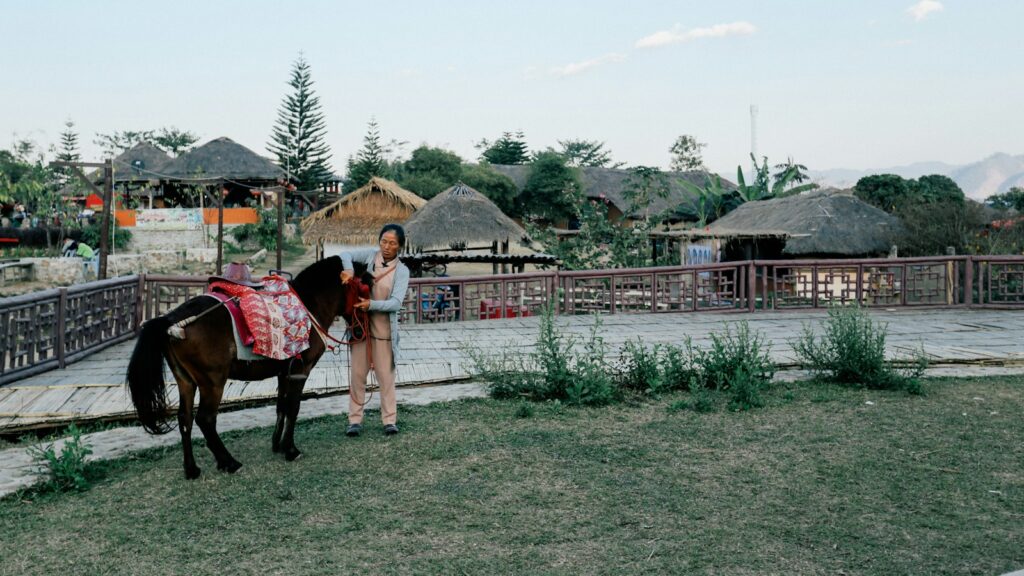
The physical environment for costume training should be carefully selected to maximize safety and minimize distractions. Begin in a familiar, enclosed space such as a round pen or small arena where your horse feels secure and has limited room to bolt if startled. Ensure the footing is good and that there are no hazards or escape routes that could create dangerous situations. It is advisable to start training sessions during quiet times when other barn activities won’t create additional stimulation. Having an assistant present can be valuable for safety and to help manage costume pieces during the introduction phase. The ideal training environment balances security with enough space for the horse to move comfortably without feeling trapped, which could heighten anxiety if the horse becomes frightened.
The Principles of Systematic Desensitization
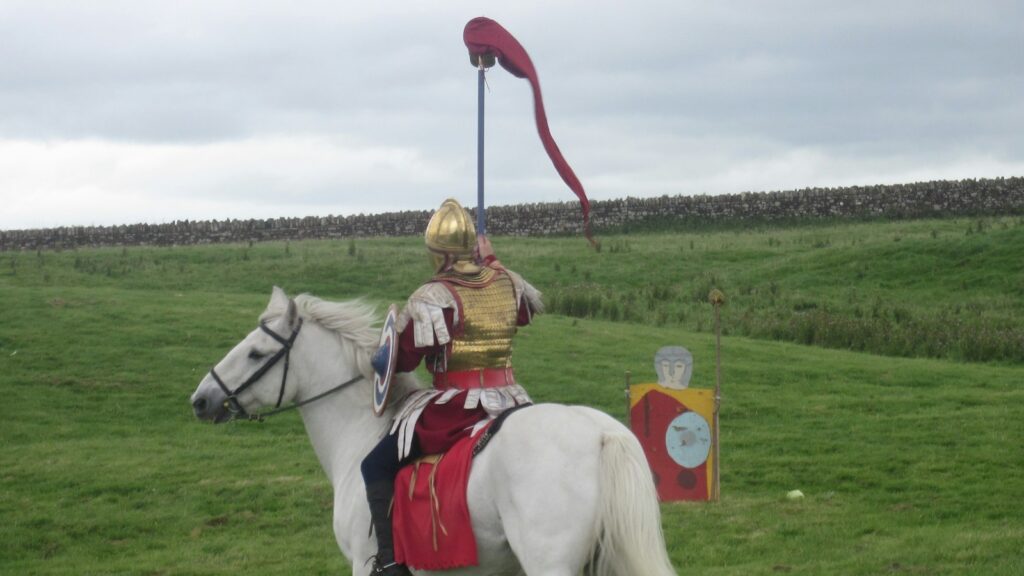
Systematic desensitization forms the cornerstone of effective costume training and involves gradually exposing your horse to potentially frightening stimuli while keeping stress levels manageable. This approach works by presenting the scary object at a distance or intensity that doesn’t trigger a fear response, rewarding calm behavior, then incrementally increasing exposure. For example, you might begin by simply showing your horse a folded costume from several feet away, rewarding calm interest, then slowly decrease the distance over multiple sessions. The key principle is maintaining the horse’s stress level below the threshold that triggers fight-or-flight responses. Research has demonstrated that this incremental approach creates lasting acceptance rather than temporary tolerance. By respecting the horse’s comfort level and progressing at their pace, you build confidence rather than forcing compliance.
Starting with Basic Object Desensitization
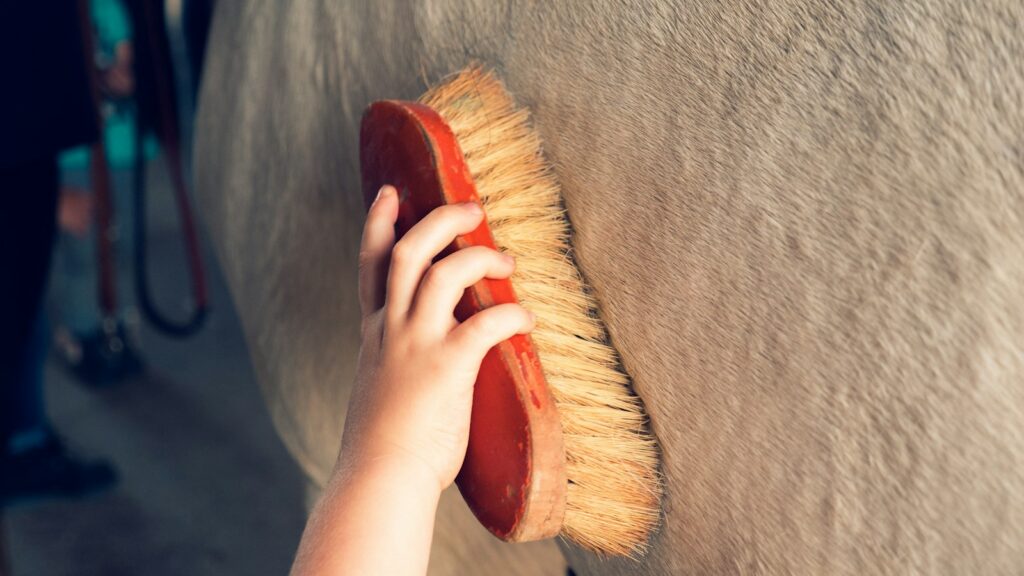
Before introducing actual costume pieces, develop your horse’s tolerance for handling various objects on different parts of their body. Begin with familiar items like soft brushes, towels, or saddle pads and practice gently touching these to different areas including the legs, back, neck, and face. Gradually introduce more potentially startling objects, such as plastic bags, umbrellas, or flags, always working below the threshold that triggers fear. These preliminary exercises build the horse’s confidence with unfamiliar sensations and teach them that strange objects touching their body aren’t inherently dangerous. Pay particular attention to sensitize areas like the face, ears, and legs, as these will likely need contact with costume elements. This foundation work significantly expedites actual costume training by establishing the basic concept that unfamiliar objects can be safe.
Introducing Costume Elements Progressively

When beginning an actual costume introduction, break down the complete outfit into its smallest components and introduce each separately. For instance, if planning to use a unicorn costume with horn, mane decorations, and body draping, start with just one small element like the base that would attach the horn. Allow your horse to investigate this piece through smell and touch before attempting to attach it. Once comfortable with individual pieces, gradually combine elements, always monitoring your horse’s stress signals. The progression should be so gradual that the horse barely notices each incremental change. This methodical approach prevents overwhelming the horse and builds confidence through a series of small successes. Remember that progression isn’t always linear—if your horse shows increased anxiety, return to the previous successful level before moving forward again.
Movement Considerations and Adaptation
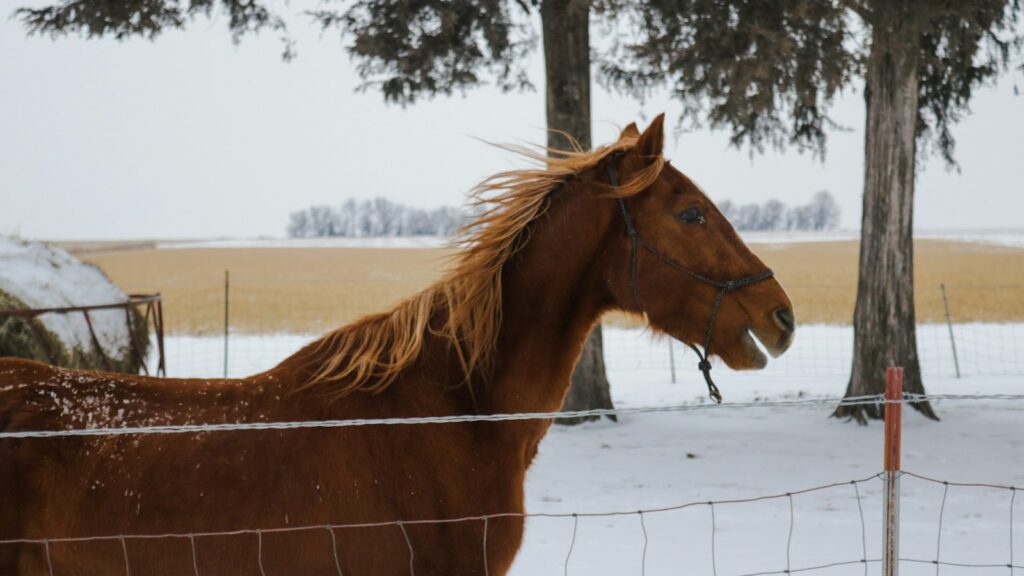
A critical aspect of costume training involves helping horses adapt to how decorations feel during movement. A horse may accept a static costume piece but become alarmed when that same item flutters, makes noise, or shifts position while walking or trotting. Begin movement training by hand-walking your horse while wearing minimal decorations, gradually progressing to more active gaits and more elaborate costume elements. Pay particular attention to how costume pieces behave in different weather conditions—elements that hang quietly indoors may flap alarmingly in a light breeze. Incorporate varied environmental conditions into your training program, starting with minimal distraction and building to more challenging scenarios. Movement desensitization should progress through predictable stages: acceptance during standing, walking, trotting, and finally during more active work like cantering or jumping if relevant to your goals.
Using Positive Reinforcement Effectively
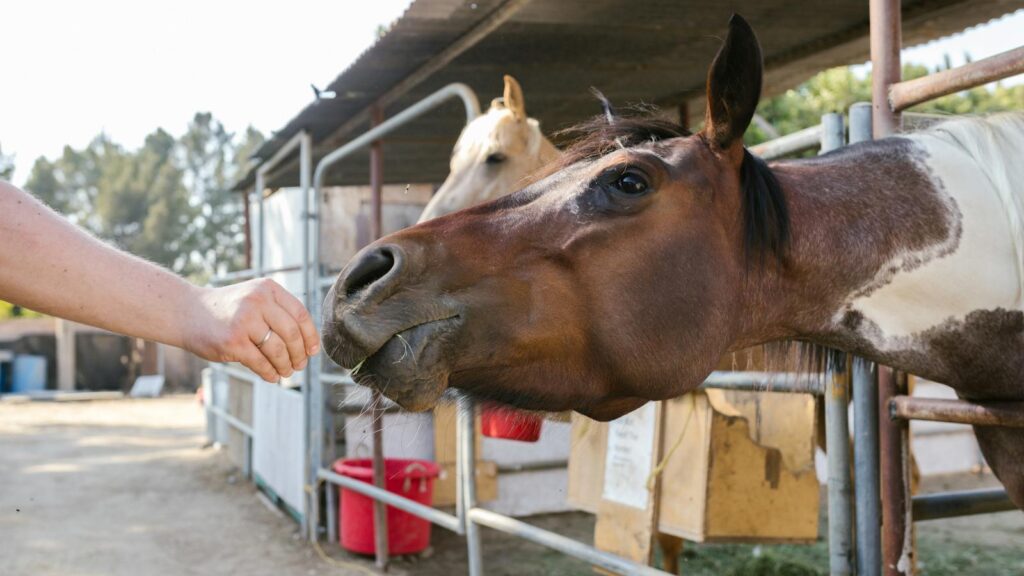
Positive reinforcement accelerates costume acceptance by creating pleasant associations with potentially frightening items. Reward even small signs of relaxation or curiosity toward costume pieces with treats, verbal praise, scratches, or brief rest periods. This approach pairs the potentially scary stimulus with something the horse values, gradually transforming the emotional response from fear to anticipation. Many trainers find clicker training particularly effective for costume desensitization because it precisely marks the desired calm behavior at the exact moment it occurs. To implement positive reinforcement effectively, identify rewards your individual horse finds genuinely motivating—some horses respond better to food treats while others prefer scratches or verbal praise. Timing is crucial; deliver the reward immediately when your horse shows the desired calm response to maximize the association between the behavior and the reward.
Addressing Common Challenges and Setbacks
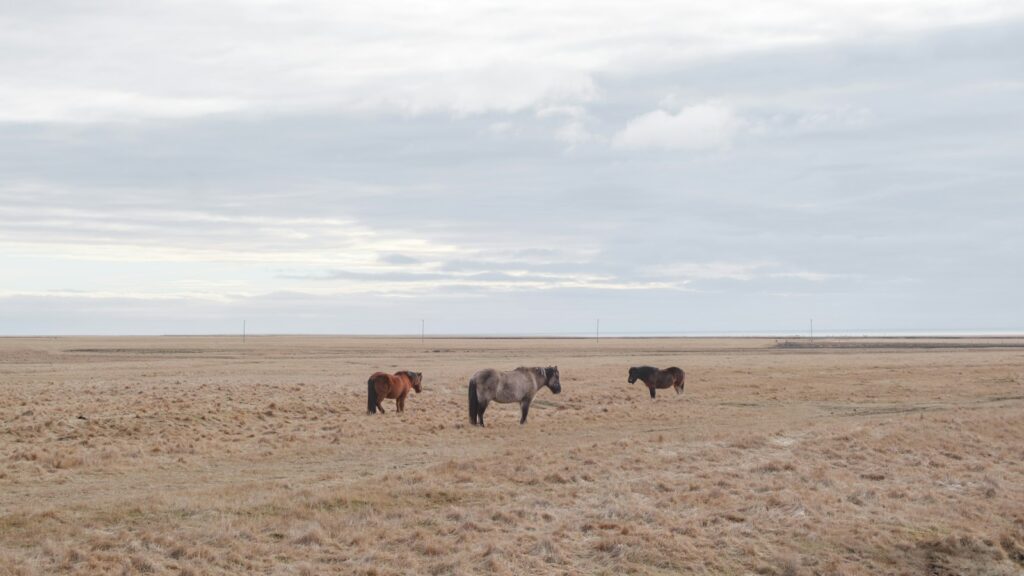
Even with careful planning, setbacks in costume training are normal and should be viewed as information rather than failures. If your horse consistently reacts negatively to a particular costume element, consider whether the item makes unexpected noises, creates unusual shadows, or restricts movement in ways that feel threatening. Sometimes simply modifying the problematic element by using different materials or attachment methods resolves the issue. If your horse experiences a significant fear reaction, return to basics rather than forcing continued exposure, which could create lasting negative associations. Patience is essential—some horses may require weeks or months to fully accept elaborate costumes. Recognize that individual horses have different temperaments and sensitivity levels; what works for one may not work for another, and training plans should be adapted accordingly.
Safety Considerations for Performance Day

Even with thorough training, performance day presents new challenges with crowds, unfamiliar environments, and heightened energy. Plan for safety by arranging a final dress rehearsal in conditions that mimic the actual event as closely as possible, including music, movement of other horses, and similar distractions. Have a handler familiar with the horse present during the event to monitor for stress signals and intervene if necessary. Design costumes with quick-release features that allow for immediate removal if the horse shows signs of dangerous distress. Consider using minimal decorations for the first few public appearances, gradually building to more elaborate displays as your horse gains confidence in performance settings. Always prioritize safety over aesthetic considerations, and be prepared to modify plans if your horse shows signs of excessive stress during the event.
Maintaining and Expanding Costume Tolerance
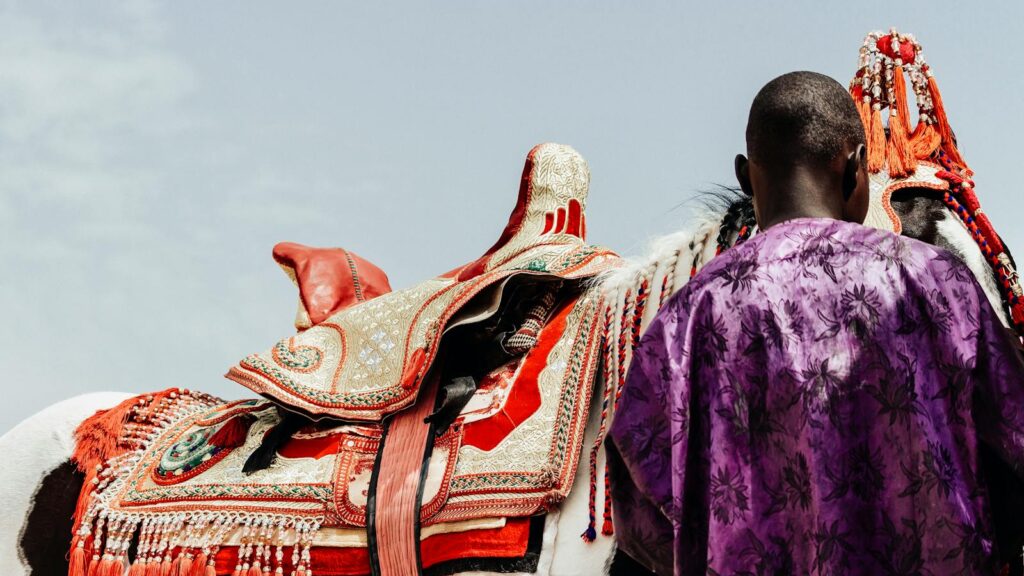
Costume acceptance requires ongoing maintenance rather than being a one-time achievement. Schedule regular refresher sessions to maintain your horse’s comfort with decorations, particularly if performances are infrequent. These maintenance sessions can be shorter than the initial training but should occur consistently to prevent regression. Gradually expand your horse’s costume repertoire by introducing new elements and varying existing ones to build broader acceptance of novelty. Many handlers find that horses who become comfortable with one type of costume adapt more readily to new ones, developing a generalized tolerance for unusual items. The skills developed through costume training often transfer to other aspects of horsemanship, creating a more confident, adaptable equine partner. Regular maintenance prevents the need to restart the entire training process before each costume event.
Special Considerations for Competitive Events

Competitive environments add additional challenges to costume work, including time constraints, performance pressure, and the presence of judges and spectators. Familiarize yourself with all rules and regulations governing costumes in your particular discipline before investing significant training time. Consider how costume elements might affect your horse’s ability to perform the required maneuvers or movements and design decorations accordingly. For competition settings, practice performing your entire routine in full costume multiple times, allowing your horse to associate the costume with the familiar pattern of movements. Build duration gradually, starting with wearing the costume for brief periods and extending to the full length of your performance. Remember that competition day adrenaline can amplify both human and equine reactions, so plan for a thorough warm-up period to help your horse settle before entering the performance area.
Ethical Considerations in Costume Training

Ethical costume training respects the horse’s physical and psychological well-being throughout the process. No decoration, however visually stunning, justifies causing significant stress or discomfort to the horse. Design costumes that allow for natural movement, proper temperature regulation, and unobstructed vision and hearing. Be particularly cautious with elements that cover the eyes and ears, or restrict head movement, as these can trigger stronger fear responses and potentially dangerous behavior. Recognize when a horse is genuinely unsuited for costume work rather than forcing acceptance—some highly sensitive individuals may never comfortably tolerate elaborate decorations despite extensive training. The relationship with your horse should always take precedence over performance goals, and willingness to adjust expectations based on your horse’s individual needs demonstrates true horsemanship. Ethical training builds trust rather than compliance through fear or pressure.
Building Trust Through Costume Training
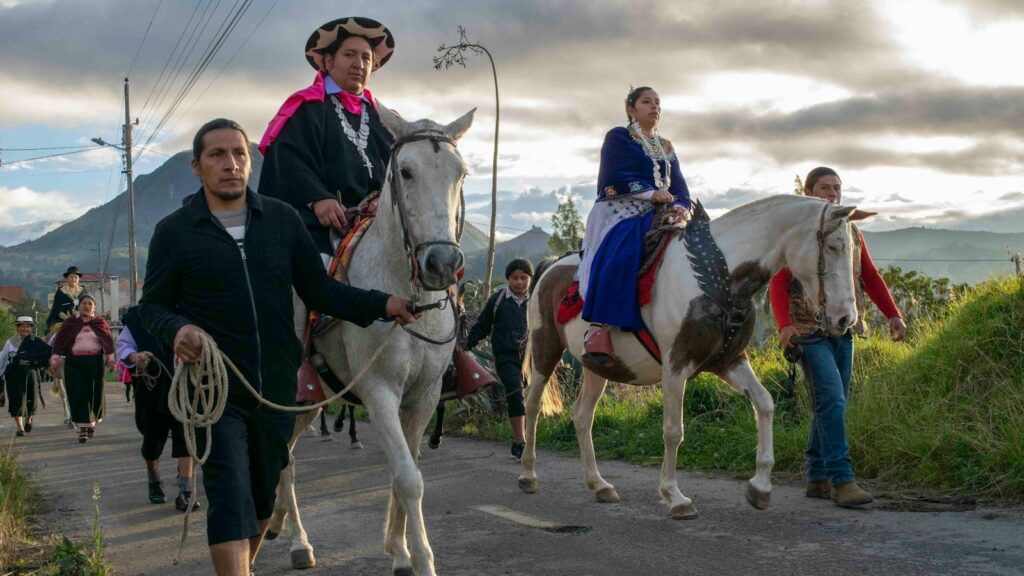
Horse costume training represents the beautiful intersection of human creativity and inter-species communication. When approached with patience, empathy, and systematic training, most horses can learn to accept decorations that would naturally trigger their prey animal instincts. The process builds not just tolerance for costumes, but deeper trust between horse and handler, enhanced confidence in novel situations, and a more versatile equine partner. Whether your goals involve holiday parades, themed competitions, or simply festive barn events, the journey of teaching your horse to accept costumes offers valuable lessons in communication, patience, and partnership. Remember that the most beautiful costume presentation reflects not just creative design but the invisible foundation of careful training and mutual trust between species.



